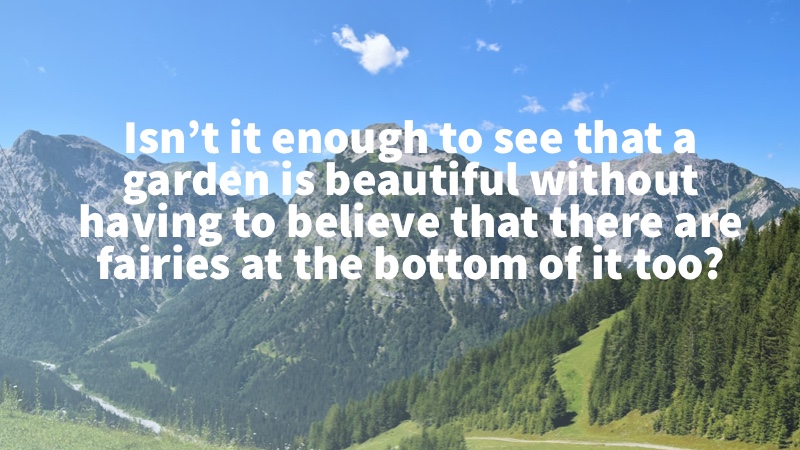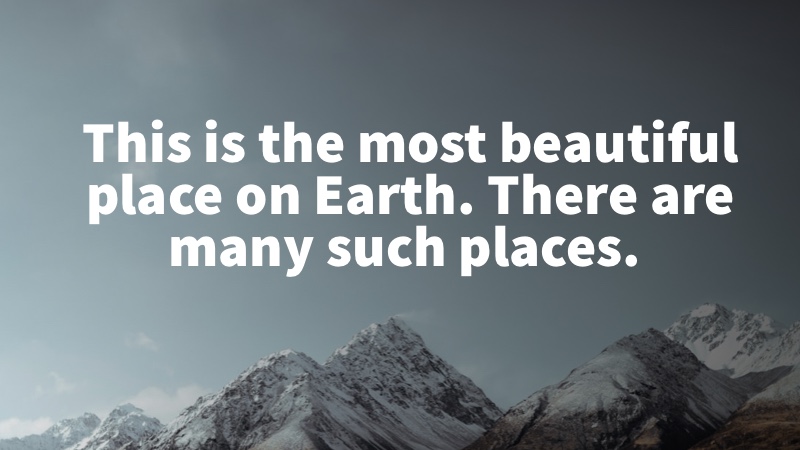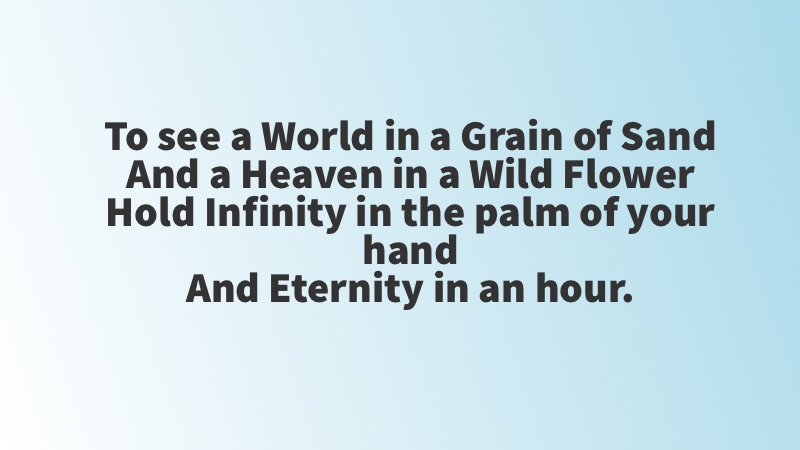I feel that the need to look at the sky — at the moon and stars — is very basic, and it is inside all of us.
Nancy Holt
About the author
Nancy Holt (1938-2014) was an American artist known for her groundbreaking work in sculpture, installation art, film, and photography. Born in Worcester, Massachusetts, she graduated from Tufts University in 1960 with a degree in biology. Her interest in perception and natural light led her to create some of the most significant land art pieces of the 20th century.
Holt expressed this thought about our connection to the stars in a 1983 interview with James Meyer for “Arts Magazine” while discussing her most famous work, “Sun Tunnels” (1973-76), four massive concrete cylinders arranged in the Utah desert. The cylinders feature holes that align with specific star patterns, creating projected light shows during solstices.
Unlike many land artists of her time who created mostly inaccessible works, Holt designed her installations for visitors to experience personally. She wanted people to feel the physical connection between their bodies, the earth, and the cosmos.
Her marriage to fellow artist Robert Smithson influenced her early career, but after his death in a plane crash in 1973, Holt emerged as a powerful artistic voice in her own right. She often worked alone in remote locations, spending weeks mapping star patterns and sunlight angles before creating her installations.
Art historian Julia Bryan-Wilson wrote that Holt once spent three nights alone in the Utah desert, sleeping under the stars to better understand how light would move through her planned tunnels. This dedication to astronomical precision showed her deep personal commitment to connecting humans with celestial bodies, a theme that runs through her quote.
The meaning of the quote
This quote speaks to something primal in human experience. Holt tells us that gazing upward at celestial bodies fulfills a fundamental need, something wired into our DNA rather than taught.
Throughout human history, people from every culture have looked to the sky for guidance, storytelling, and spiritual connection. The stars oriented ancient sailors, timed agricultural cycles for farmers, and inspired myths across civilizations. This universal human behavior suggests Holt was right about our basic need for celestial connection.
Modern life often separates us from this experience. Light pollution in cities obscures all but the brightest stars, and our attention stays fixed on screens rather than the sky. Yet the hunger remains. When people escape urban areas and see a truly dark sky, they often report feelings of awe, smallness, and connection to something greater than themselves.
You can reclaim this essential human experience:
Plan a dark sky visit. Research locations certified by the International Dark Sky Association and schedule a trip during a new moon phase for optimal star viewing.
Learn basic astronomy. Even identifying five constellations gives you focal points to search for and connects you to thousands of years of human sky-watching. Apps like Star Walk let you point your phone at the sky to identify what you’re seeing.
Create a moon-watching ritual. Unlike stars, the moon remains visible even in cities. Track a full lunar cycle by stepping outside each night to observe its changing shape.
My friend Elena turned her regular insomnia into a connection practice. Instead of staring at her phone at 3 a.m., she now steps onto her balcony to watch the night sky. “I feel part of something bigger,” she says. “My problems seem smaller when I look at the stars.”
Children often show this innate fascination Holt described. My nephew Jake, age six, stops whatever he’s doing when he spots the moon. “I see you!” he shouts upward with pure joy, demonstrating the instinctive pull Holt identified.
Brain research supports Holt’s insight. Studies show that stargazing activates our brain’s default mode network, areas associated with self-reflection and big-picture thinking. This explains why contemplating the cosmos often triggers profound thoughts about our place in the universe.
The beauty of night sky watching lies in its simplicity and accessibility. Unlike many leisure activities, it costs nothing, requires no special skills, and brings a sense of wonder available to anyone who simply looks up.



Leave feedback about this